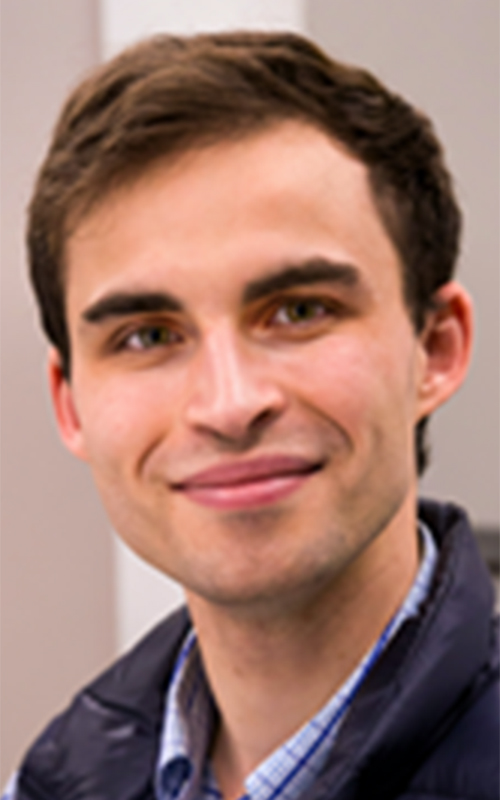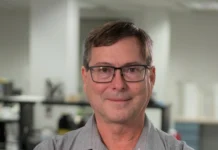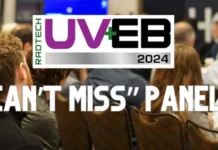The RadTech Young Professionals Committee aims to help young professionals’ (YPs) growth in the use and development of UV and EB technology. It is a group dedicated to enhancing interactions between YPs and senior experts within RadTech. YPs are students and professionals early in their careers who utilize UV and EB technology in industry, government or academia.
Matthew Cassoli is a research engineer working at Ford Motor Company’s Research and Innovation Center in Dearborn, Michigan, focusing on additive manufacturing. He focuses on vat photopolymerization processes, where he helped implement some of Ford’s first production parts for AM. He received his B.S. in mechanical engineering at Northwestern University. When not working, he enjoys cooking, board and strategy games, and road trips.
RTYP: Could you give us your background, how that led you to UV/EB technology and what you work on now?
MC: My background is in mechanical engineering. In school, I did not do much of anything with UV/EB technology, but I have been interested in additive manufacturing. It was not until I started working in a research organization at Ford that I got to work on some of the photopolymer applications with Carbon 3D. I started my role in photopolymer-based additive manufacturing (AM) from a quality-control perspective. Now I am a research engineer focusing on the process side of the photopolymer AM, which includes looking into what curing units are in each individual machine, understanding what wavelengths Ford AM operates on, assessing how repeatable the process is, and studying how post-processing can impact the quality while working closely with photopolymer chemists.
RTYP: What is the current state of AM in the automotive industry?
MC: Currently, one of the most popular AM use cases is manufacturing aesthetic parts where it is easy to show the customized parts to customers and understand the benefits of AM. But if we can get upstream enough in the design cycle and justify the cost, we can probably maximize what AM can offer. AM does not need tooling and can offer solutions quickly in a lot of cases. But it is difficult to insert AM in the design cycle since many automotive parts are shared between different vehicles. Also, the automotive industry has stringent and challenging standards on material performance over time (e.g., 10 years in Florida) to which photopolymers must conform.
RTYP: Do you see AM as becoming important in the automotive industry?
MC: I hope so. I think the key thing is to figure out where AM fits well. Right now, AM works great for specialty parts in customized, low-volume vehicles where individual components can add value to the customers. In Mustang, Ford had small volume parts produced by AM, which ended up saving weight. Our team continues to look for new parts to apply AM.
RTYP: Besides the technical challenges, what other challenges have you faced while working in AM?
MC: We are engineers so we like targets. We need to have the right targets and understand that in some specific areas, the photopolymers would need a different set of standards rather than the standards that have been used in the past 40 years for traditionally manufactured parts.
RTYP: What is your experience with RadTech? How did it start?
MC: Coming from a mechanical engineering background, I did not know RadTech from the beginning. Last year, I took a basic UV/EB technology online class that was put together by Mickey Fortune at RadTech. That became a very cool resource to me. Chris Seubert, a technical expert in the Ford painting research team, is a member of the RadTech board and has been advocating for RadTech at Ford. Thanks to him, the Ford AM team has been able to make a lot of connections through RadTech.
RTYP: What is the value of Radtech YP to you?
MC: Most people I work with are very experienced in the photopolymer field and they know so much more than me. It’s nice to know other young professionals who are relatively new in the field and share our backgrounds and problems.
For more information about the RadTech YP Committee, email yp@radtech.org.







